As an artist, I've always been interested in exploring new frontiers and challenging the status quo. Over the past few years, I've stumbled across the exciting and provocative world of NFTs (non-fungible tokens). These unique digital assets have taken the creative community by storm, offering innovative ways for artists like myself to present, promote, and monetize our artwork. I'd like to share my journey through the NFT space, along with some tips and challenges I've encountered along the way.
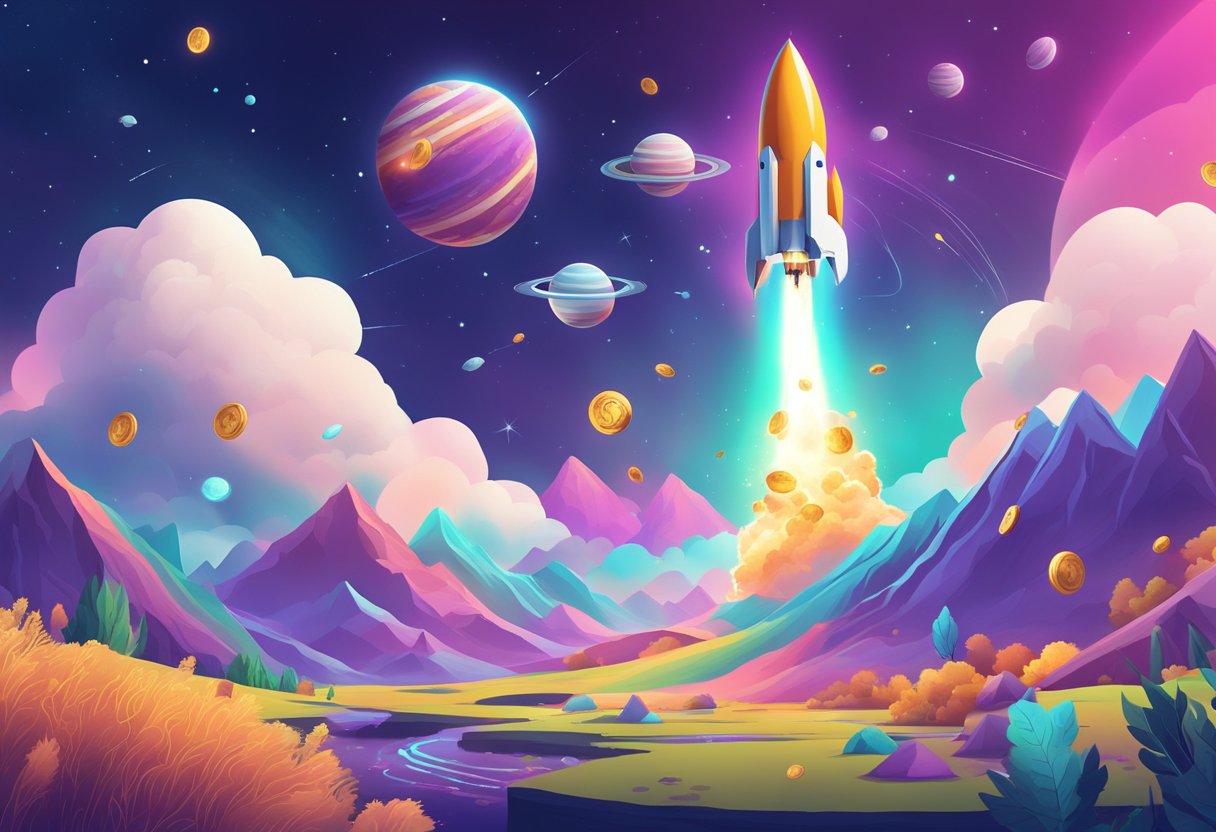
Stepping into the world of NFTs can be both thrilling and intimidating. For the uninitiated, NFTs are cryptographic tokens that can represent anything from digital art to collectible sports cards. As artists, we can use these tokens to our advantage, transforming our artwork into valuable digital assets. With the rise of blockchain technology and decentralized marketplaces, we can showcase and sell our work directly to collectors, bypassing traditional art intermediaries.
Throughout my journey, I've managed to navigate the NFT frontier, learning about the various platforms, communities, and opportunities available to digital artists. Along the way, I've encountered both success and setbacks, but the experience has been nothing short of transformative for my artistic career. I invite you to learn from my experiences and jump into the realm of NFT art with confidence.
Key Takeaways
- NFTs offer a new way for artists to showcase, promote, and monetize their work.
- The NFT market can be both rewarding and challenging, requiring persistence and adaptability.
- Building a successful career in the NFT art world involves experimentation, learning, and community engagement.
Stepping into the NFT Frontier
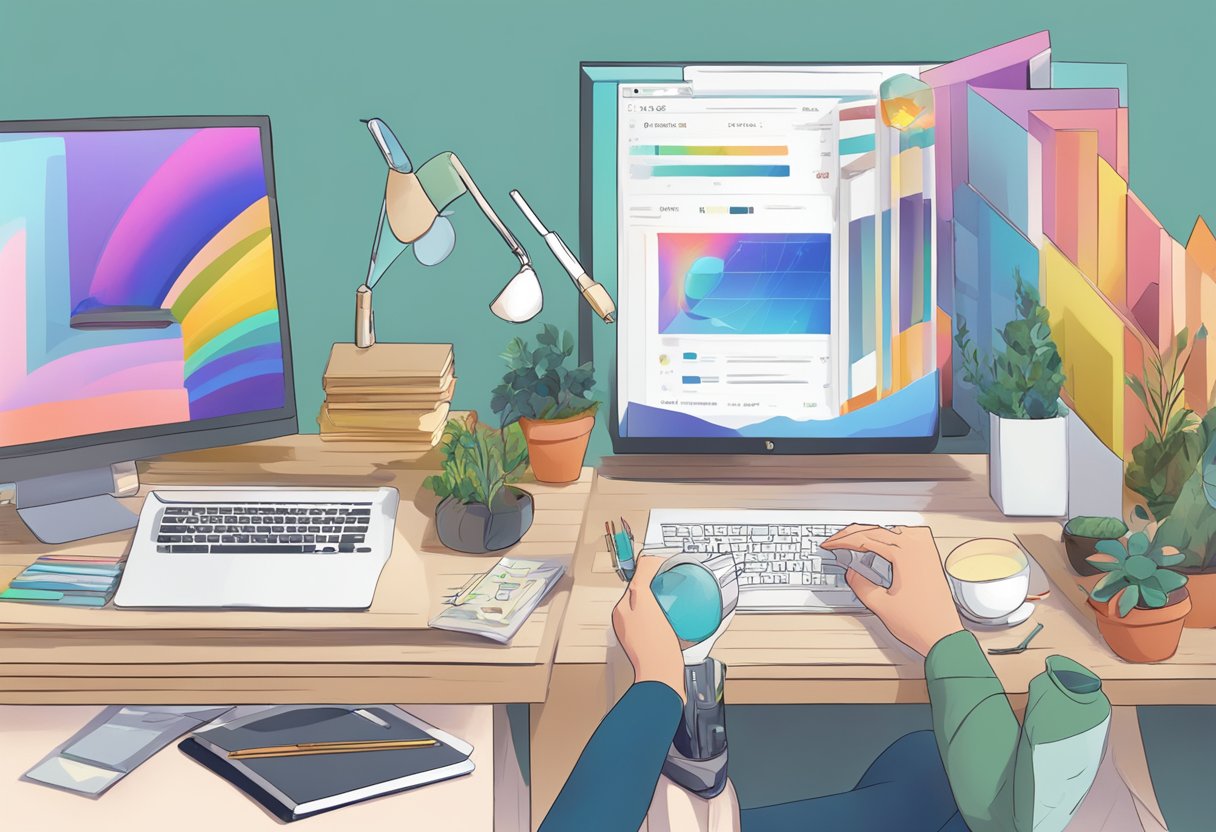
As a fellow artist, I understand the excitement and challenges of navigating the NFT frontier. In this guide, I will share my experience, tips, and success stories from my NFT journey.
Understanding the Technology
The first step in entering the NFT space is understanding the underlying technology, specifically blockchain and non-fungible tokens (NFTs). A blockchain is a decentralized digital ledger that records transactions across a network of computers. It is the foundation of cryptocurrencies like Ethereum and the basis for NFTs.
NFTs, or non-fungible tokens, are unique digital assets that represent ownership of a specific item or piece of content. Unlike cryptocurrencies, NFTs cannot be exchanged on a one-to-one basis, since each has its unique value. As an artist, NFTs provide an opportunity to digitize and monetize your creative work in a new and innovative way.
Adopting Blockchain and NFTs
To begin your NFT journey, you need to familiarize yourself with blockchain technology and how it relates to NFTs. I started by learning about Ethereum, the most widely used blockchain for NFTs. It's essential to understand how Ethereum works and how it is used to mint, buy, and sell NFTs.
Once you have a solid understanding of blockchain and Ethereum, you can begin to integrate NFTs into your artistic process. This may include digitizing your artwork, creating digital versions of physical pieces, or even developing entirely new digital art specifically for the NFT marketplace.
Exploring Key NFT Platforms
There are several NFT platforms where you can showcase and sell your work. As an artist, it's essential to research and choose the most suitable platform for your art. Some popular NFT platforms include OpenSea, Rarible, and SuperRare.
-
OpenSea is a broad marketplace that offers various NFTs, including art, collectibles, and virtual goods. It's a great platform for those new to the NFT space, as it provides a large audience and a user-friendly interface.
-
Rarible is another popular platform that focuses primarily on NFT art and collectibles. With a strong artist community and various tools and resources, Rarible is an excellent choice for artists looking for a more niche platform.
-
SuperRare, on the other hand, is a highly curated platform that showcases high-quality digital art. To list your work on SuperRare, you need to apply and be accepted by their curation team. It's ideal for artists who already have a strong portfolio and wish to target a more selective market.
Choosing the right NFT platform for your art is crucial for success. Investigate each platform's features, fees, and community thoroughly to make an informed decision. As you delve into the world of NFTs and blockchain, remember that persistence and learning will be your primary tools on this fascinating journey.
Creation and Showcasing of NFT Art

Conceiving Your Digital Idea
As a digital artist, my journey with NFTs began with the development of a unique idea. It's crucial to emphasize your personal creativity and explore different styles in the digital realm. I found that experimenting with various artistic approaches helped me develop a strong NFT piece that set me apart from other artists. Remember, in the NFT space, authenticity is highly valued.
Turning Art into NFTs
Once I created my digital artwork, the next step was to mint it as an NFT. Minting is the process of transforming your digital art into a unique token backed by blockchain technology, ensuring its authenticity and ownership. The minting process can be done through platforms like Mintable, where you can also manage the royalties and terms of your NFTs.
Leveraging NFT Platforms
To showcase my NFT art, I needed to choose the right platform. There are several NFT marketplaces available that cater to different types of art and audiences, such as OpenSea, Rarible, and Foundation. I found it helpful to research each platform and understand their policies, fees, and communities. Making the right choice led me to reach a wider audience and generate more interest in my work.
By following these steps in my NFT journey, I've been able to successfully create, mint, and showcase my digital art on popular platforms. Remember to stay true to your artistic vision and continuously adapt to new opportunities in the evolving NFT landscape.
Benefits and Challenges of the NFT Market
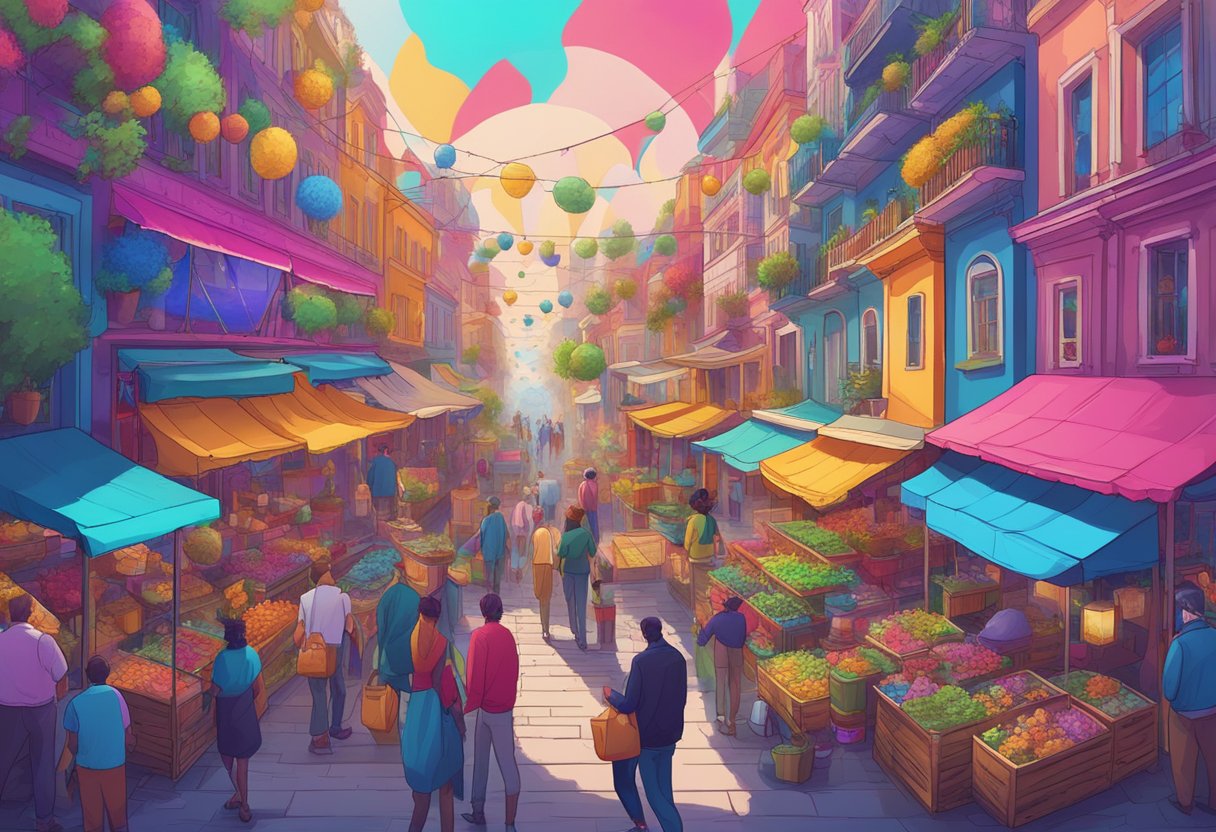
Navigating Profit and Fee Structures
Entering the NFT market as a rebel artist, I quickly realized that understanding profit and fee structures is vital. NFTs have created new ways to monetize art, such as royalties built into smart contracts. This means I can earn a percentage every time my art is resold. However, it's essential to be aware of gas fees and marketplace fees while minting and selling NFTs. Some platforms offer lower fees or even fee-free periods during promotions, which can maximize my profits.
Understanding Digital Ownership and Scarcity
NFTs provide a unique opportunity for artists to enforce digital ownership of their work. As an artist, I found that creating a limited number of NFTs for my art pieces adds digital scarcity and increases their value. It's essential to recognize the importance of the art medium used and its potential appeal to NFT collectors. Also, knowing how to create and manage unique NFTs using smart contracts allowed me to further protect my work and enhance its authenticity.
Addressing Environmental and Security Issues
One key challenge I faced in the NFT market was addressing the environmental impact of minting and trading NFTs. Some blockchains, like Ethereum, use a lot of energy and contribute to environmental issues due to their consensus algorithms. I overcame this by exploring eco-friendly NFT platforms that use proof-of-stake or similar energy-efficient mechanisms.
Security concerns also weighed on my mind. Ensuring that my NFTs and associated cryptocurrency were protected required meticulous attention to private keys and wallet security. I adopted measures like using hardware wallets and avoiding phishing scams to safeguard my assets.
Spotting Scams and Counterfeits
Unfortunately, scams and counterfeits are prevalent in the NFT market. I had to be extra vigilant to identify and avoid fake NFTs that could potentially damage my reputation or lead to financial losses. By thoroughly researching different platforms, verifying the authenticity of NFTs before purchasing, and being cautious of too-good-to-be-true offers, I managed to navigate the market safely and protect my investments.
As a rebel artist, understanding these benefits and challenges helped me find success in the NFT market and can hopefully serve as a guiding light for fellow artists entering this exciting digital frontier.
Building a Successful Career in the NFT Art World
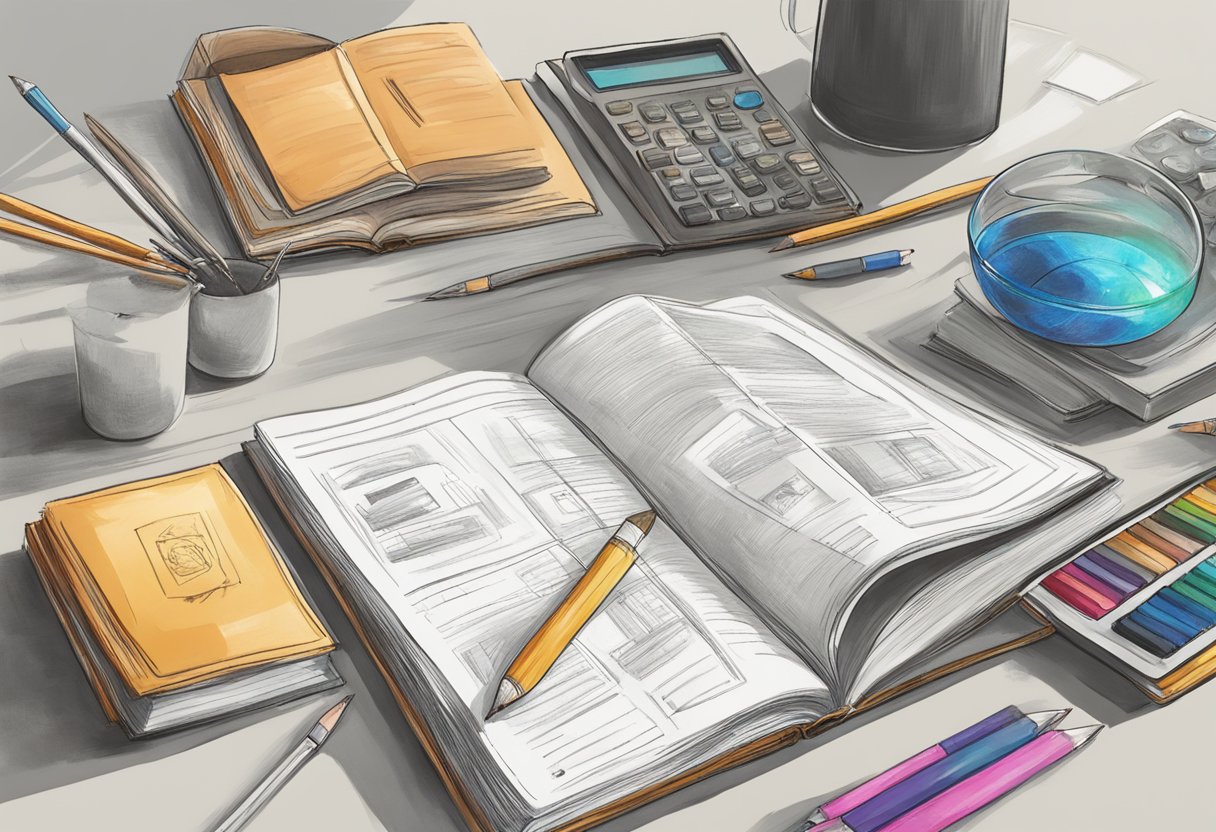
Engaging with the NFT Community
As I stepped into the world of NFTs, one of the key factors of my success has been engaging with the NFT community. Understanding what collectors and fellow artists appreciate helped me create valuable and impactful art pieces. I found joining online forums, attending virtual events, and participating in Twitter Spaces or Discord groups essential for staying updated with the latest trends, collaborations, and opportunities. Building genuine connections and supporting other artists in the community paved the way for fruitful collaborations.
Promoting NFTs on Social Media
To catch the attention of collectors and new audiences, promoting my art effectively on social media was crucial. I used platforms like Twitter, Instagram, and even TikTok to reach out to potential buyers and enthusiasts. I discovered that adopting a storytelling approach, showcasing my creative process, and being responsive to feedback created meaningful conversations and connections.
- Twitter played a significant role in spreading the word, and using hashtags, engaging with influencers, and cross-promoting with fellow artists helped me grow my reach.
- Instagram allowed me to showcase a sleek portfolio of my art, document my creative journey, and interact with fans via stories and comments.
- TikTok provided me an opportunity to experiment with creative, short-form content and offered a glimpse into my art-making process.
Expanding into the Metaverse
Lastly, as the future of NFTs and art merges with the emerging world of the metaverse, I identified the importance of exploring new platforms and virtual spaces to showcase my art. Setting up virtual galleries in platforms like Decentraland and Cryptovoxels gave my work exposure to an international audience of collectors and enthusiasts in the digital realm.
In conclusion, my journey through the NFT frontier as a rebellious artist taught me the value of engaging with the community, promoting art on social media, and embracing the ever-expanding possibilities in the metaverse. Staying informed, curious, and collaborative has been key in navigating and thriving in the fascinating world of NFTs.
Frequently Asked Questions
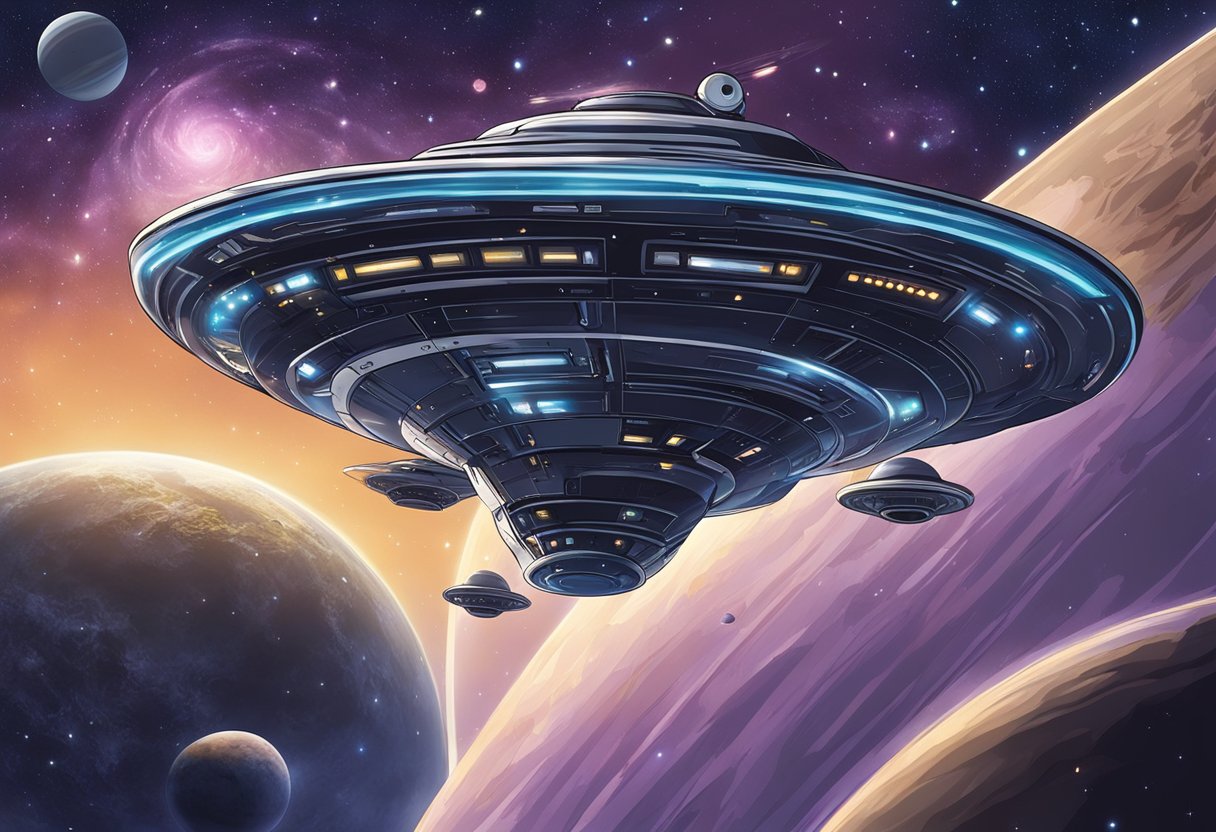
What are the essential steps to create and sell NFT art?
To create and sell NFT art, I follow these essential steps:
- Create digital artwork: This involves selecting a medium (digital illustration, photography, 3D modeling, etc.) and using specialized software to bring my artistic vision to life.
- Mint the NFT: Convert the digital artwork into a non-fungible token (NFT) by minting it on a blockchain platform like Ethereum, Solana, or Binance Smart Chain.
- Choose a marketplace: Select an NFT marketplace that best suits my art and audience (more on this below).
- List the NFT for sale: Once minted, I upload the artwork, set a price or auction parameters, and list it for sale on the chosen marketplace.
Which NFT marketplaces are best suited for emerging artists?
As an emerging artist, I found success by exploring different NFT marketplaces that cater to a variety of niches and artwork styles. Some popular options include:
- OpenSea: A versatile and well-known marketplace for a broad range of NFT art.
- Rarible: A user-friendly platform that helps new artists create tokenized art with ease.
- Foundation: A selective marketplace focused on high-quality, unique, and innovative digital art.
- Hic et Nunc: A sustainable, eco-friendly marketplace on the Tezos blockchain for artists prioritizing environmental concerns.
How does the NFT technology impact the art world?
NFT technology has significantly impacted the art world by:
- Providing artists with new ways to monetize and distribute their art.
- Granting artists control over royalties from secondary market sales.
- Facilitating provenance tracking, ensuring the authenticity of the artwork.
- Opening up the digital art realm to collectors and investors.
- Connecting artists and collectors globally with minimal limitations or barriers.
What are the most effective methods for promoting NFT art?
When I promote my NFT art, I focus on leveraging various methods, such as:
- Building a strong online presence with a portfolio and social media accounts.
- Engaging with the NFT community, forming connections and collaborations.
- Posting artwork on relevant art and blockchain forums or subreddits.
- Utilizing the power of networking by attending events and conferences in the NFT and art spaces.
- Promoting art through influencer marketing and public relations tactics when possible.
What are some common challenges encountered by artists in the NFT space?
In my experience, some common challenges that artists face in the NFT space include:
- Navigating a rapidly evolving landscape with ever-changing platforms and technologies.
- Overcoming high minting fees and fluctuating cryptocurrency values.
- Standing out in an increasingly saturated and competitive marketplace.
- Handling the steep learning curve associated with blockchain and NFT technology.
Can you share some success stories of artists in the NFT domain?
Here are a few inspiring success stories from the NFT domain:
- Beeple: Digital artist Mike Winkelmann, known as Beeple, sold his NFT artwork 'Everydays: The First 5000 Days' for $69 million at Christie's auction house.
- Pak: Digital artist Pak sold a collection of NFT artworks called 'The FungibleCollection' on Sotheby's, grossing over $17 million.
- Josie Bellini: Josie Bellini, a crypto artist and pioneer in the NFT space, has experienced widespread success and recognition for her unique use of digital and physical art integrations.
- Fewocious: At just 18 years old, digital artist Fewocious sold an NFT art collection for over $2 million on Nifty Gateway, becoming a symbol of youthful success in the NFT world.



